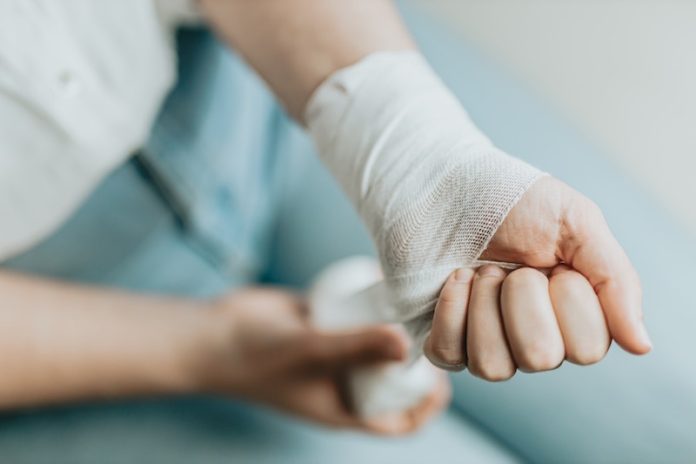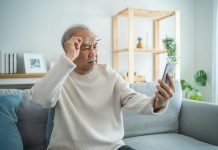
Researchers at Chalmers University of Technology in Sweden and the University of Freiburg in Germany have developed a groundbreaking method using electric stimulation to accelerate the healing of chronic wounds.
The technique could have significant implications for diabetic patients and the elderly, who are prone to slow-healing wounds that can sometimes result in amputation.
Key Details
Chronic Wounds: Slow-healing wounds are a severe problem for people with conditions like diabetes, spinal injuries, or poor blood circulation.
Electric Stimulation: Researchers used electric fields to guide skin cells, enabling wounds to heal three times faster than those without stimulation.
Study: The findings were published in a paper titled “Bioelectronic microfluidic wound healing: a platform for investigating direct current stimulation of injured cell collectives” in the journal Lab on a Chip.
The Science Behind It
The researchers based their work on the old hypothesis that electric stimulation could help heal damaged skin. Skin cells are electrotactic—they tend to migrate in the direction of an electric field.
By utilizing a specially engineered chip, the scientists cultured skin cells and made small wounds. They then applied an electric field to one of the wounds. The stimulated wound healed significantly faster than the unstimulated one.
Hope for Diabetics
The study specifically looked at the issue of wound healing in diabetic models. Given the global rise in diabetes, this research holds immense potential.
The scientists discovered that electric stimulation significantly improved the healing rate in cells mimicking diabetes, almost making them as efficient as healthy skin cells in healing wounds.
The research team has received a large grant that will enable them to deepen their study and eventually develop consumer products.
The aim is to create products that can scan wounds and adapt the electric stimulation based on each individual wound’s characteristics.
Conclusion
This innovative research offers a ray of hope for people suffering from chronic wounds.
Maria Asplund, the head of the research project, said they are convinced that individualized treatment is key to helping patients with slow-healing wounds.
With more research and eventual product development, this electric stimulation method could revolutionize wound care, particularly for vulnerable populations like diabetic patients and the elderly.
If you care about pain, please read studies about why long COVID can cause pain, and common native American plant may help reduce diarrhea and pain.
For more information about pain, please see recent studies about why people with red hair respond differently to pain than others, and results showing this drug may relieve painful ‘long covid’ symptoms.
The research findings can be found in Lab on a Chip.
Follow us on Twitter for more articles about this topic.
Copyright © 2023 Knowridge Science Report. All rights reserved.



